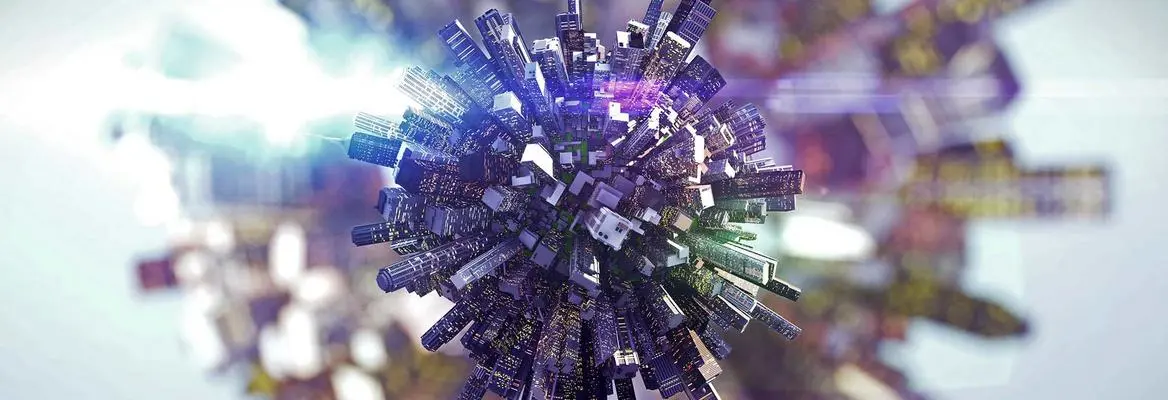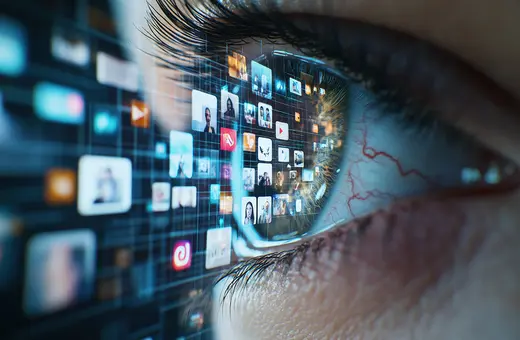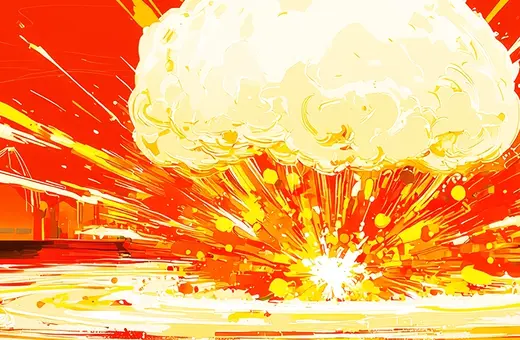When the world is going through great shocks, it can seem that the future will be radically and immediately transformed by them. But looking at how past crises played out, we find that most of them affected the world in limited and gradual ways. The post-pandemic world will be different, but also a lot more recognisable than some had originally thought, argues Stathis Kalyvas.
Like most people, I first heard of the “new coronavirus” sometime in late January 2019. I remember a conversation with a colleague who was visiting Oxford from Hong Kong about how life had changed back home—and I recall thinking how far away that was and how lucky we were to be protected from it. That was still my feeling in early March of 2020 when I travelled to Edinburgh, surrounded as I was by the cheerful crowds who had gathered to attend the Scotland vs. France rugby game. Later that week I read the first news-reports coming out of Bergamo, Italy and the rest is, as the saying goes, history.
Approaching the two-year mark, the resolution of the pandemic still seems out of our grasp. The early optimism of the vaccination campaign appears to have been supplanted by the nagging feeling that this thing will take much more effort and time to control. But the pandemic will, sooner or later, come to an end. And even though the world is in limbo right now, and the future looks uncertain, there will be a post-pandemic world. Past crises suggest the future will be a lot more like our pre-pandemic past than it might seem to us from our current vantage point.
When it comes to big shocks, like a pandemic, there are two ways in which they can affect the future. One is gradualist: some things change, but the world continues its course. The other one is systemic: most things change immediately and radically.
Predicting the future is, of course, impossible, yet we keep pretending that we somehow can do it. Past failures hardly deter us. On the contrary, we tend to double down: the tech sector (which spills over into academia) is awash with the belief that big data analysis and artificial intelligence will help us forecast what comes next. On top of that, we are exceedingly good at cherry-picking the lone voices that have previously correctly predicted the future, ignoring the adage that even broken clocks tell the right time twice each day. That goes some way to explaining why we overestimated the chance that our fortunes would be good back in February 2020, extrapolating from the past outbreaks (H1N1, Ebola, SARS) we knew of .
When it comes to big shocks, like a pandemic, there are two ways in which they can affect the future. One is gradualist: some things change, but the world continues its course. The other one is systemic: most things change immediately and radically. Of course, this is not just a binary: there is a large and varied grey zone in between. Going back into the recent past, we can certainly see how the Second World War constitutes an example of systemic change. But how about things since then?





















Join the conversation